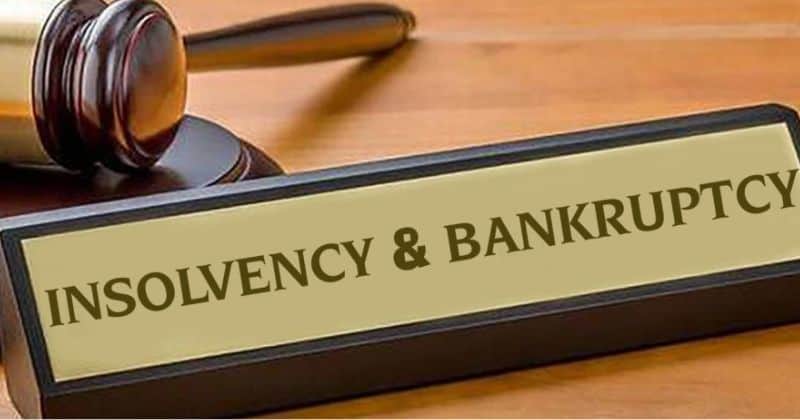What Is The Difference Between Insolvency and Bankruptcy?

In the complex world of finance, terms like insolvency and bankruptcy often come up when discussing financial distress. However, they represent distinct concepts with different implications for individuals and businesses. While both involve financial struggles, understanding their differences can help you navigate through such situations better. This article will provide a clear distinction between insolvency and bankruptcy and explain how services like RupeeRelief can help individuals in such circumstances, guiding them toward a more secure financial future. Insolvency is a financial condition where an individual or organization is unable to meet their debts as they become due. It doesn’t necessarily mean that the person or company is bankrupt. In fact, insolvency can be seen as the precursor to bankruptcy, although it doesn’t automatically lead to it. There are two main types of insolvency: Insolvency can be distressing, but it's not the end of the road. There are solutions available that can help individuals and businesses overcome insolvency. In some cases, financial relief programs, such as those offered by RupeeRelief, can assist in finding manageable solutions, including negotiating with creditors or restructuring debts. Bankruptcy is a legal status that occurs when a person or business is officially declared unable to repay their outstanding debts. Unlike insolvency, which is a financial condition, bankruptcy involves formal legal procedures. Bankruptcy allows the debtor to seek relief from their debts, either by liquidating their assets to pay creditors or by reorganizing their debts through a repayment plan. Bankruptcy is typically filed in a court of law, and once declared bankrupt, a person or business may be subject to strict regulations on how their financial affairs are handled. There are various types of bankruptcy proceedings depending on the jurisdiction, such as Chapter 7 or Chapter 13 in the United States, or different processes in India. In India, the Insolvency and Bankruptcy Code (IBC) governs the process, enabling individuals and companies to seek relief from creditors by restructuring debts or, in extreme cases, liquidating assets. However, navigating the complex legal framework of bankruptcy can be overwhelming without proper guidance. That’s where services like RupeeRelief step in. Offering specialized services to individuals struggling with debt, RupeeRelief assists with navigating bankruptcy proceedings, providing access to expert advice and support in managing both the emotional and financial burdens that come with such processes. Though both insolvency and bankruptcy concern financial distress, there are several notable differences between the two: When facing financial difficulties, whether insolvency or bankruptcy, it’s crucial to have the right support. RupeeRelief offers services that assist individuals with unsecured loans and credit card debts. By providing professional guidance, RupeeRelief helps individuals understand their financial options, whether they are dealing with insolvency or contemplating bankruptcy. Insolvency and bankruptcy may seem similar, but they are distinct concepts with different implications. Insolvency is a financial state of being unable to meet debt obligations, while bankruptcy is a legal process that follows insolvency, often involving court intervention. Whether you are facing insolvency or bankruptcy, it’s important to seek professional help to understand your options and make informed decisions. Services like RupeeRelief can provide the support necessary to navigate these challenging financial situations. With expert advice and strategic solutions, RupeeRelief helps individuals regain control over their finances and find a way out of debt. If you find yourself in a position where you cannot manage your debts, reaching out to professional services may be the first step toward financial recovery and peace of mind.What Is Insolvency?
Types of Insolvency:
Key Characteristics of Insolvency:
What Is Bankruptcy?
Key Characteristics of Bankruptcy:
Insolvency vs. Bankruptcy: Key Differences
1. Nature and Scope:
2. Legal Action:
3. Outcome:
4. Impact:
5. Resolution:
How Can RupeeRelief Help?
Here are some ways RupeeRelief can be beneficial:
Conclusion

